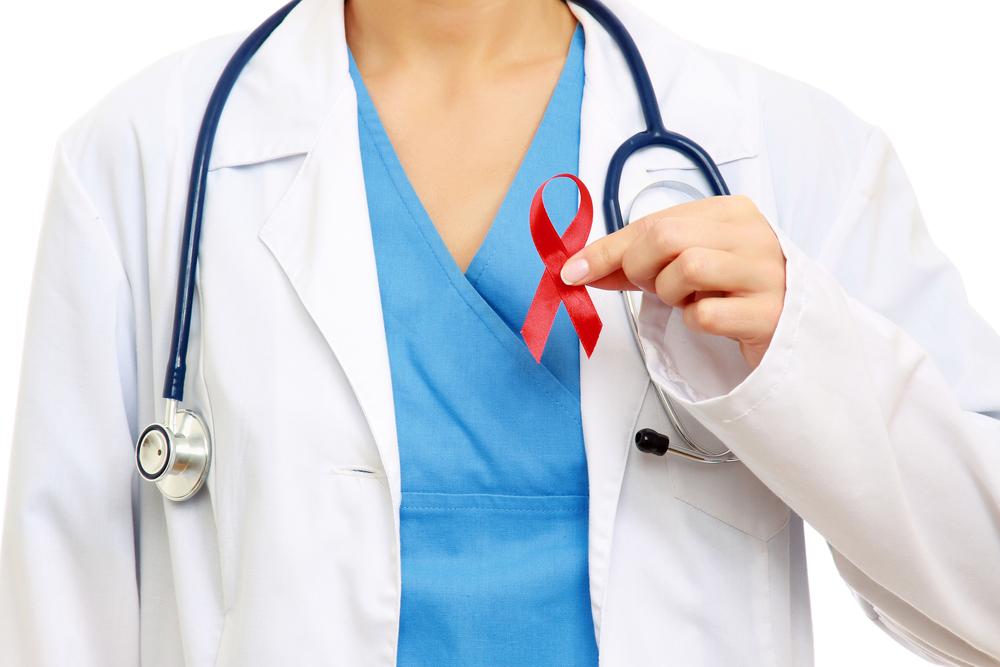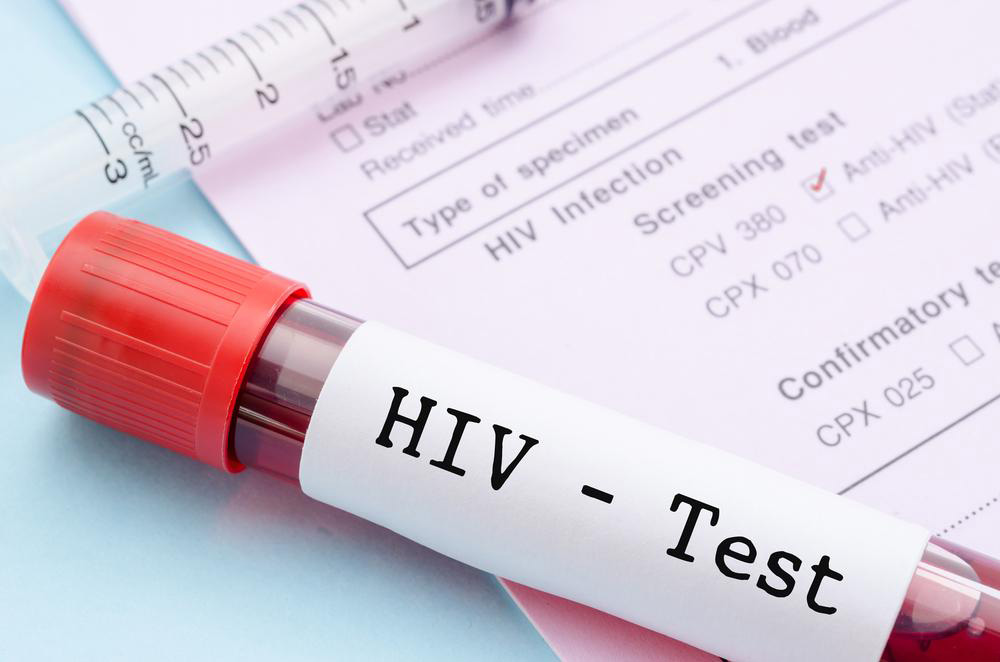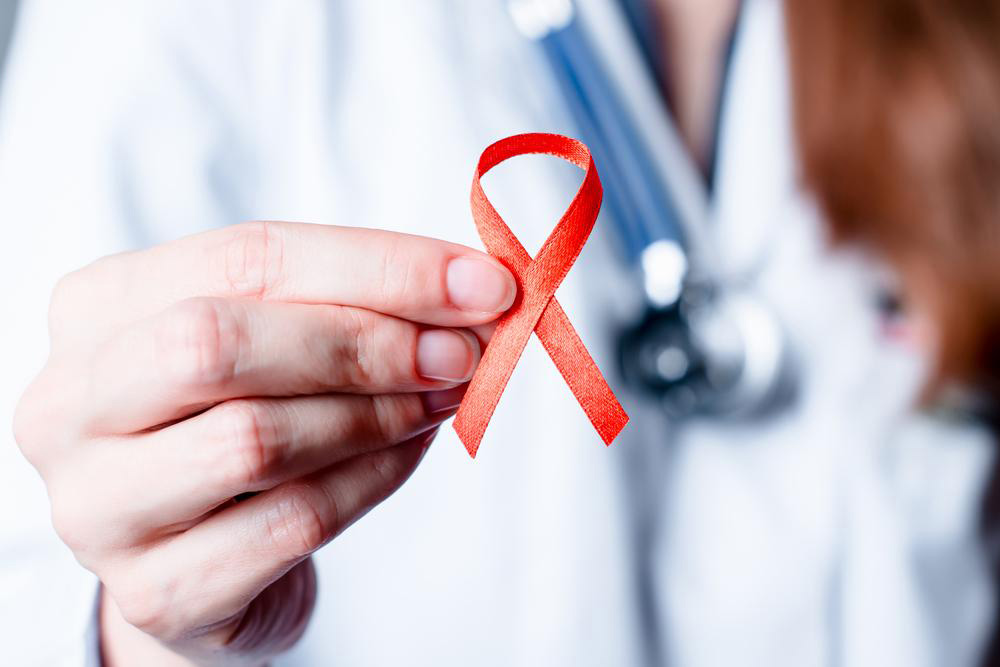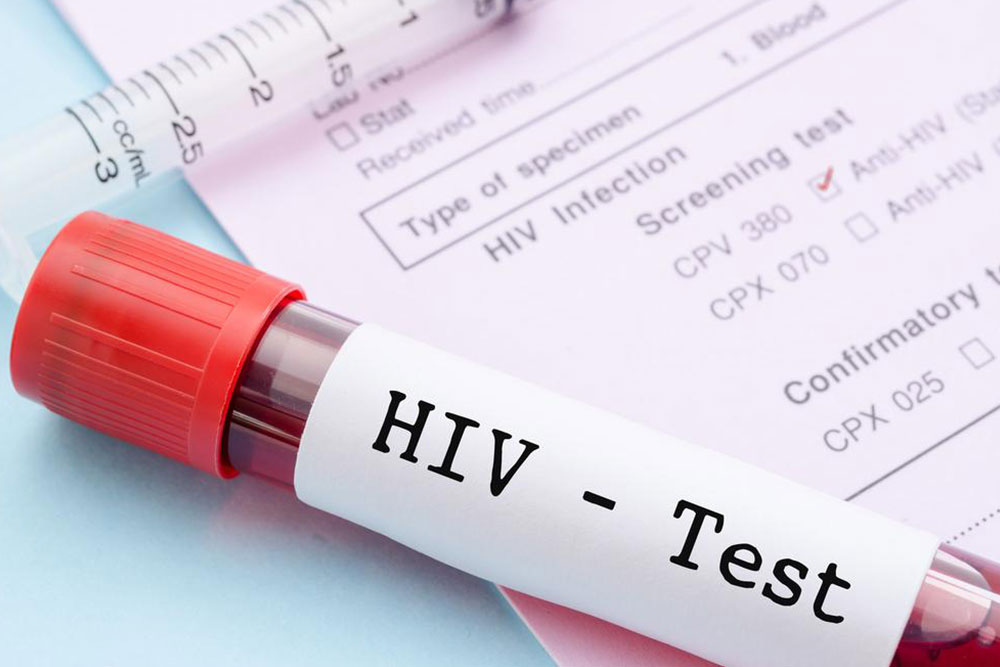Understanding HIV: Symptoms and Management Strategies
Learn about HIV symptoms across different stages, from initial signs to AIDS. Discover treatment options that help control the virus by lowering viral load and preventing progression. Early diagnosis and therapy are crucial for better health outcomes and quality of life.

Understanding HIV: Symptoms and Management Strategies
The human immunodeficiency virus (HIV) can lead to a severe condition known as AIDS, which compromises the immune system. HIV specifically infects CD4 cells, crucial for defending against infections. Symptoms of HIV may appear within weeks after infection, varying through different stages. Early signs include fever, rash, muscle aches, swollen lymph nodes, and sore throat. During the clinical latency phase, symptoms may be mild or absent, lasting years. Without treatment, HIV advances to AIDS, characterized by persistent fever, night sweats, weight loss, mouth sores, lymph node swelling, pneumonia, and cognitive issues. Initiating antiretroviral therapy early is vital to control the virus and improve health outcomes. Treatments typically involve a combination of medications tailored per patient, focusing on reducing viral load and preventing resistance. Regular medical check-ups are essential for effective management.










